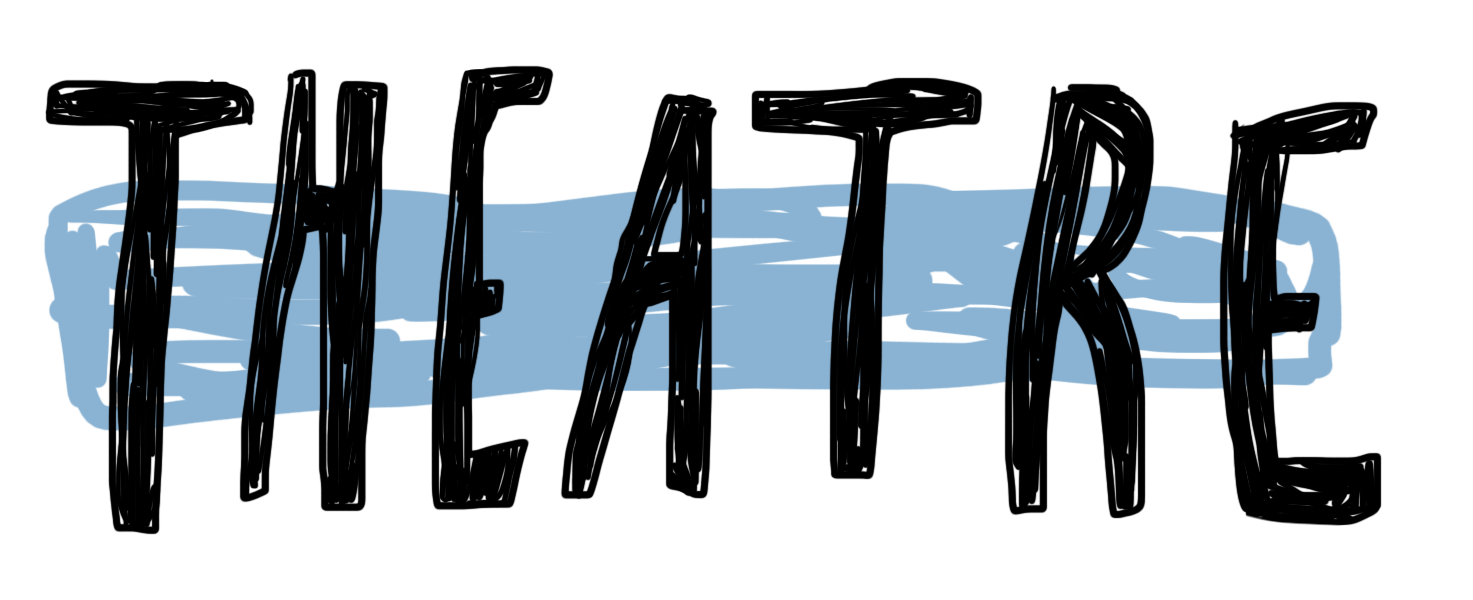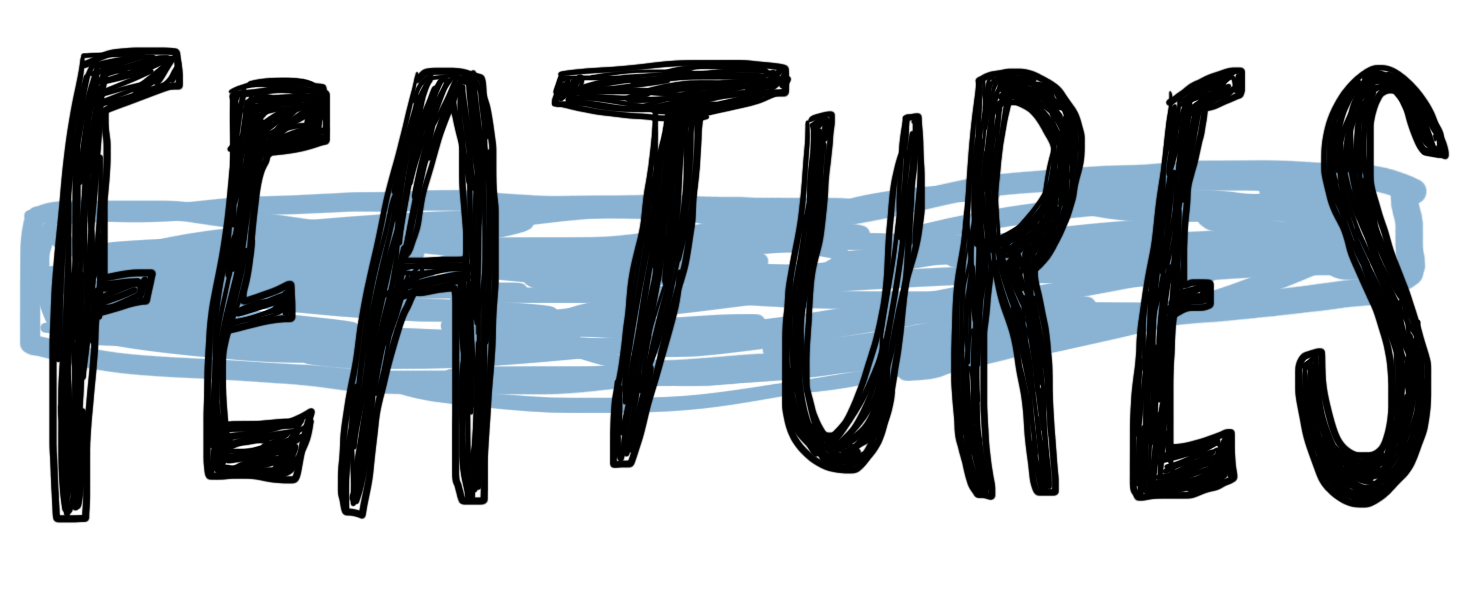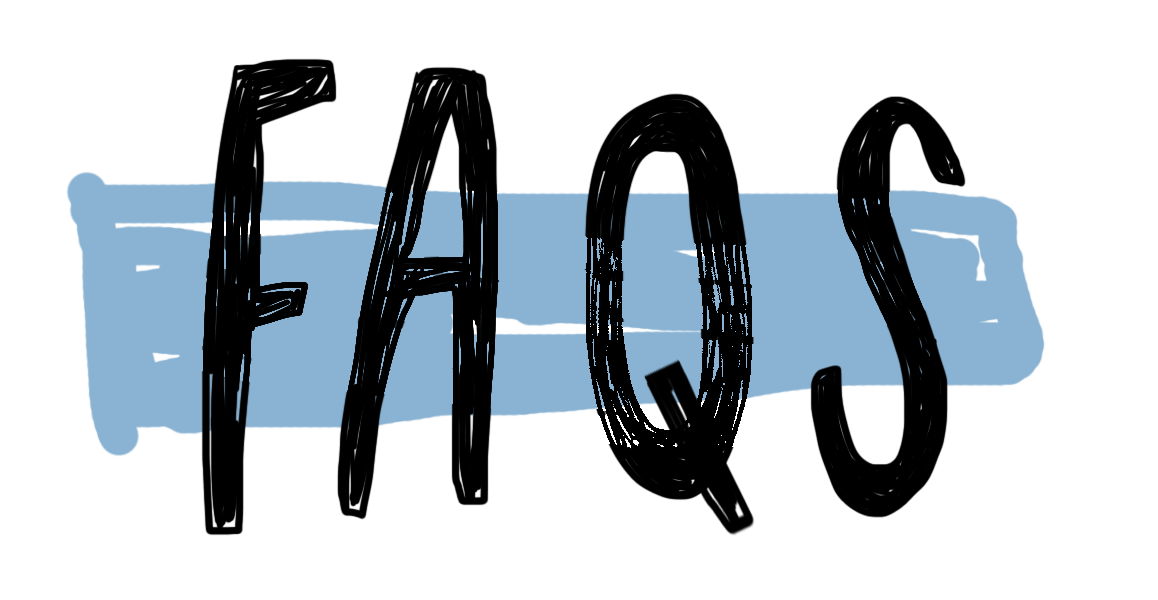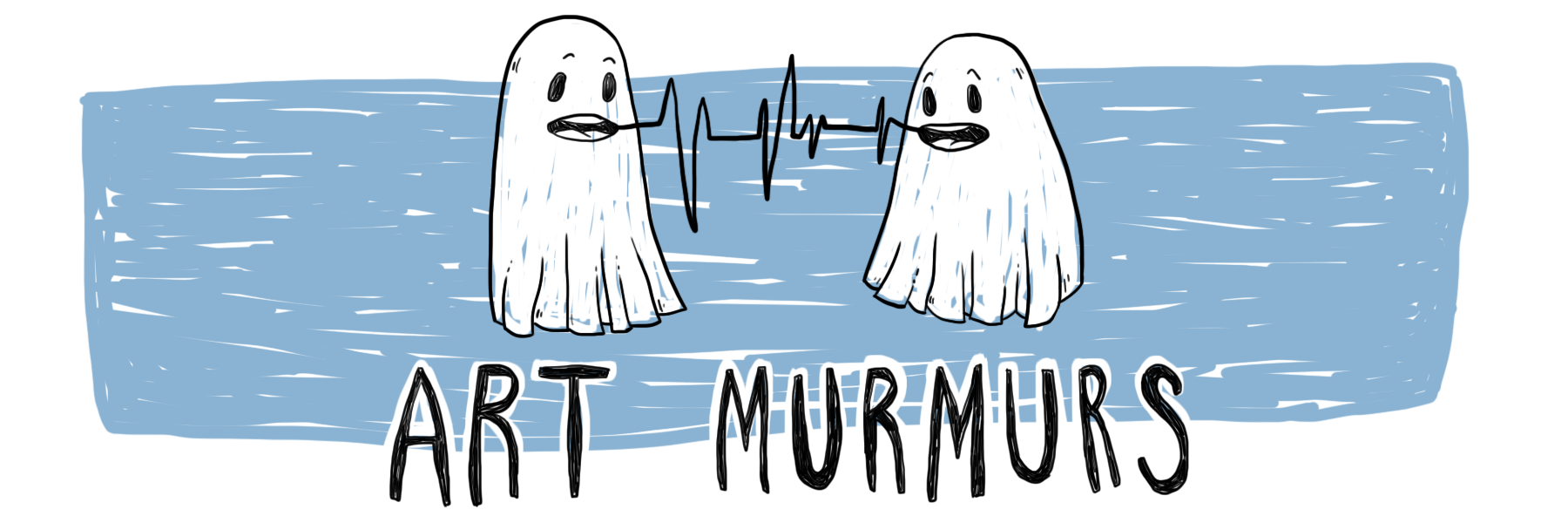by Laura Ferguson
While there were some opening night nerves to be seen from stage and crew, the performance of the actors was lively and engaging. Donkey Boy, played by Hamish Boyle was disarming and led us easily into the world we would inhabit that night. His continuous commentary served to bring you out of the intensity of the play, a technique for which I was grateful as the latter half escalates quickly and you feel the danger viscerally. The favourite parts for both me and my companion were during the scenes of the couple, Alec and Mary, who were celebrating twenty years together. Eddie Campbell’s portrayal of a cantankerous Scotsman was fabulously reminiscent of similar parts in British comedies such as The Vicar of Dibley or Father Ted. Though it was Julie Edwards who swept me away with how affable and charming she made Mary. In a production that was intrinsically dark, she made it light and her quick-witted banter had me enjoying every minute she was front and centre. There was a discernible luminosity around her, the absence of which was felt when she wasn’t on stage. However, Mary's character arc is somewhat unsatisfying; her actions seem more concerned with forwarding the plot rather than doing what I believe she would have actually done.
However, a tip of the hat to costume designer, Hannah McKenzie Doornebosch, for the clever use of the Madonna and the Whore reference on Mary’s dressing gown to highlight the character’s dual desires. The religious aspect tying into the surprises we learn later on and also being a larger metaphor for the dichotomous aspects of the play was rather genius. The set design of Ross Joblin made the execution of the play easy to navigate and was visually appealing, particularly the café setting. The opening of the play was fantastic with the conjunction of Tony Black and Geoffrey Hern’s respective efforts in lighting and sound. The twin colouring of red and green coupled with the music evokes a feeling of foreshadowing, mystery and thrills, hinting at what we have to look forward to. Their efforts throughout the show are to be commended as they assisted the flow of the plot easily, particularly the lighting which had to make quick transitions to show who the audience was supposed to focus on and did so elegantly.
The Grass Is Meaner appears to be a play resting upon two layers: one that speaks to the lowest common denominator such as Chuck Lorre’s sitcoms accomplish, and a second that is commentating on more high-brow topics. However, the distinction between these two layers is not artfully woven together and coupled with the brash nature of the play some of the lines came off as ungracefully racist and homophobic. There was a particular joke about Afghan biscuits which made me so angry it left an indelible mark on the rest of the play, which is an unfortunate outcome. Even more woefully, these lines were meant for comedic value, something I do not appreciate. I found it distressing that a playwright such as Edward Campbell, who knitted together such a wondrous story about a couple on their 20th wedding anniversary, would stoop to using cheap laughs. Understandably, this manoeuvre is supposed to implement the audience’s dislike for the character, Terry Snow. Scott Ransom’s performance of this part made these lines unnecessary, though. He was oily and menacing enough in his demeanour that they were not needed and I wish there was more trust in the potential of both the actor and the character; Ransom’s portrayal was enough without these remarks.
The Grass Is Meaner does challenge your own outlooks and there is a running commentary that the stereotypical behaviours of the London gangster characters, run parallel to what we expect them to be like. This social commentary of classism and xenophobia is thought-provoking, and used to test the audience’s own beliefs on these issues, something that was attained by the differing reactions of the audience to some of the more controversial lines from the characters. Such a daring approach is risky and so will more than likely be polarising in its reception, but for those who like facing their shortcomings, self-realisations are abundant in the viewing of this performance. A fair assumption of this play is that you are not supposed to like it, but it is supposed to make you think, and on that count, it succeeded brilliantly.
The Grass Is Meaner is playing at BATS Theatre from the 13th – 24th of September at 7.30. Tickets can be found at https://bats.co.nz/whats-on/the-grass-is-meaner/





